We have much more to do and your continued support is needed now more than ever.
A Wild Guide
This Week in NWF History
Since 1936, the National Wildlife Federation has worked to conserve the nation’s wildlife and wild places. As part of our 80th anniversary celebration, we are recognizing important moments in our history that continue to make an impact today.
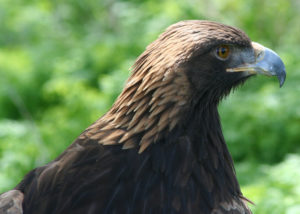
As friends of wildlife know, there are countless studies that have documented the benefits that trees provide for people, communities, and wildlife. As part of our mission to protect wildlife through educating the public, we have published numerous field guides, including a trio books in 2007 about native trees, birds, and insects.
People who have a passion for finding, identifying, and saving flora and fauna in their neighborhoods or on adventures across the country can use these guides as a tool to discover the fascinating inner workings of the wildlife and habitat around them.
Let’s take a look inside the Field Guide to Trees of North America and see a few of the trees providing homes for wildlife across the nation:
Eastern white pine
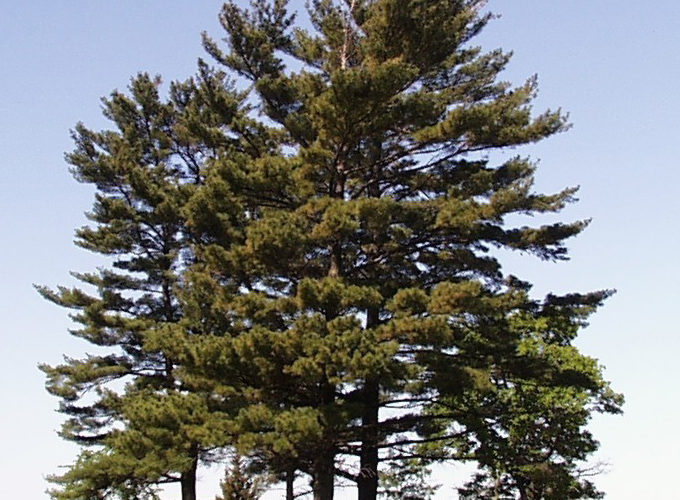
The eastern United States’ tallest tree, this pine, the “monarch of the eastern forest,” ranges from Maine to North Carolina. These large evergreen trees are the only five-needled native eastern pine, and the long, narrow cones are distinctive in the area. Wildlife that are supported by the eastern white pine include white-tailed deer and eastern cottontails.
Many recognizable bird species use this tree for seeds or nesting grounds, including black-capped chickadees, pine warblers, bald eagles, pileated woodpeckers, and ruby-throated hummingbirds. An array of insects also use this tree for food or shelter, including white pine tubemakers, pine tube moths, and pine powder moths.
Bald cypress
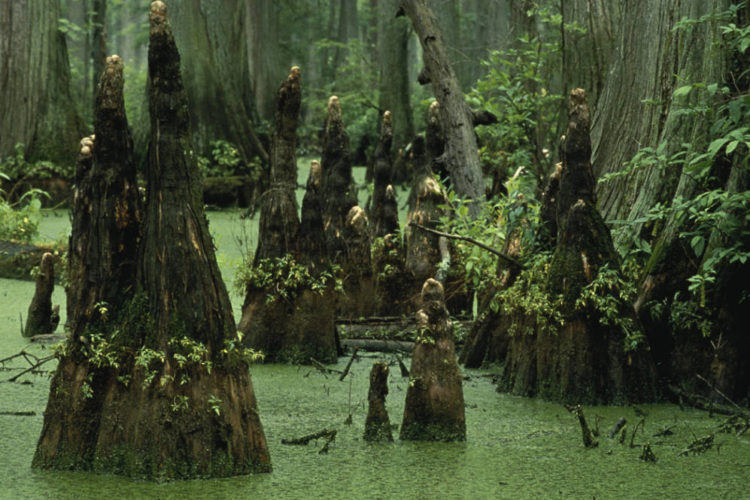
This large deciduous tree in the southeast grows in or near bodies of water. Boasting the largest trunk diameter of all eastern trees, the bald cypress is also the longest-living tree of the East. It is the state tree of Louisiana, and can be found in the Mississippi Valley drainage basin, the Gulf Coast, and up the east coast to Virginia. Bald cypress swamps offer breeding grounds for frogs, toads, and salamanders.
Like other trees, it provides food and nesting grounds for many bird species, such as wood ducks, mallards, wild turkeys, ospreys, barred owls, and various herons, and insects such as cypress leaf beetles, fall webworms, and bald cypress sphinxes.
Sandbar willow
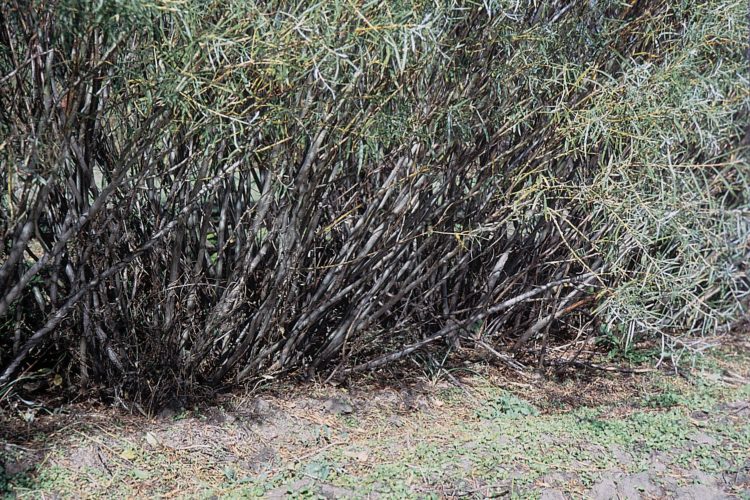
Found in sandbars as its name suggests, this shrub ranges throughout the west. It is a key riparian plant in some states and is the only known home of the northern Arizona leaf beetles. The tree has narrow leaves and produces flowers which are pollinated primarily by bees and flies, though it also attracts long-horned beetles, mourning cloak butterfly caterpillars, and white admiral butterfly caterpillars. It is drought-resistant and is also often found in mud flats and in floodplains.
Birds you may find using this tree for seeds or nesting grounds include mallards, northern pintails, ruffed grouses, white-crowned sparrows, and yellow warblers.
Oregon white oak
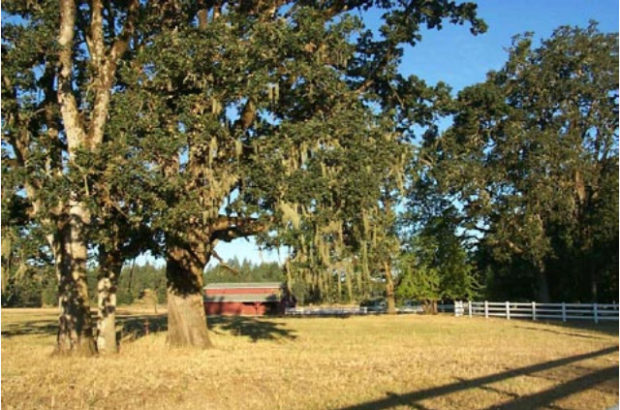
This deciduous tree has one of the most northerly ranges of North American oaks and is the Northwest’s only native oak. It is one of only four deciduous oaks native to the West Coast, with a range from Canada to California. Like other oak trees, it produces large acorns in the fall and flowers in the spring, and when its leaves have fallen, it takes on a gray appearance when lichen epiphytes are visible. This tree provides food and habitat for a variety of wildlife such as squirrels, deer, and bats.
Small insects like filbertworms, western oak loopers, and western tent caterpillars take food and shelter from this tree, and bird species including woodpeckers, wood ducks, and western bluebirds use it for seeds and nesting.
Buy NowLearn more about these trees and the wildlife they help






















